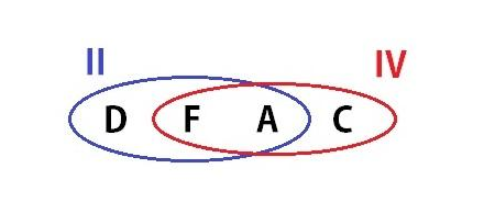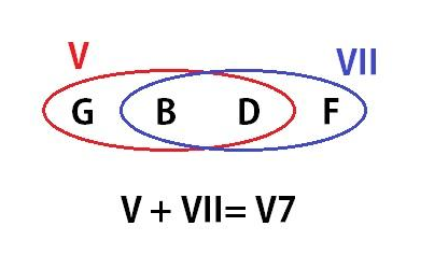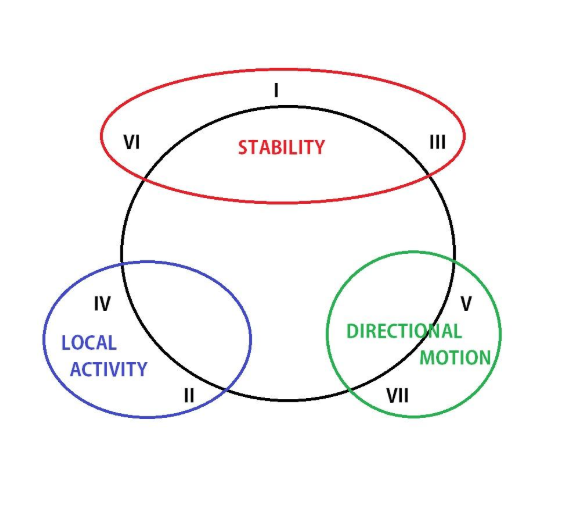Uncategorized
Tonal Families: Dominant and Subdominant Families – Functions 2 & 3
Tonic dominant subdominant

In my last article, I introduced the concept of Tonal Families and Harmonic Functions.
Previously, we have learnt the first tonal family, the Tonic family, and what it represents harmonically.
In this new chapter, I will go further and introduce the Dominant and Subdominant families, known as the harmonic functions 2 and 3, and the relationship between tonic, dominant and subdominant.
1 – Subdominant Family
The first of the chord families we will start with is the Subdominant chord family. The main chord is built upon the fourth degree of the major scale, the Subdominant, and the secondary one, on the Supertonic, this looks like this:

As you can see in the graphic above, the two chords share two notes: the Subdominant shares its root and third respectively (F and A notes) with the Supertonic Degree, in this case D minor triad, the most important notes of a Triad:

The chords in this family can be used to express movement away from the tonal foundation of the key – the Tonic family – and towards the Dominant family, this is the reason they are also called “Pre-Dominant” chords.
The harmonic function within a scale is to give a feeling of “Local Activity” this means that the function of this family is to give a certain contrast to the stability to the tonal family, but they are still dependent of either coming back to the Tonic family chords, or as I stated before, leading towards a dominant family chord. So it goes subdominant-dominant or subdominant-tonal. It should be pointed out that chords of the Subdominant family do contain the 4th degree of the major scale, which gives certain unstable feeling to its function. They express movement away from the tonal foundation of the key – the Tonic family, but they are always interdependent with it, that is why it is called “Local” activity.
2 – Dominant Family
We arrive to the last of the families, and the most unstable one. We say that the chords in the Dominant family have a specific “directional motion” because of the presence of the tritone (interval of an augmented 4th or diminished 5th) introduces harmonic tension and chords of the Dominant family want to resolve to chords of the Tonic family, which are most stable.
There are basically just two chords in this section, the 5th degree of the scale, the Dominant chord, which is a major triad, and the 7th chord of the scale, the so-called Leading tone (the only diminished triad within the major scale). The interesting fact that those two chords put together form the Dominant Seventh chord, a 4-note chord that is basically, a major triad with a minor seventh.
If you look at the dominant 7th its major 3rd is also the Leading Tone (7th degree of the scale) so the chord contains the same harmonic tension that wants to resolve to the Tonic. The 7th note of the chord, in the case of the G Dominant seventh, the F note, is the 4th degree of the scale which resolves on the third of the C major chord (the tonic).
Let’s see an example of this in the key of C major:


And finally, in this final chart we will see how all the families interconnect one with each other:

#compositionlessonslondon #compositionteachers #harmony #musiclessonslondon

